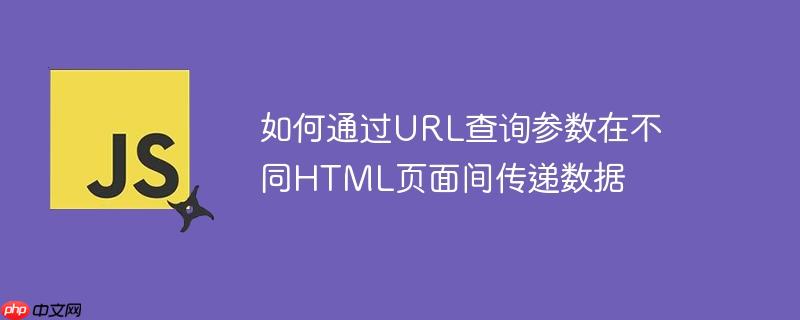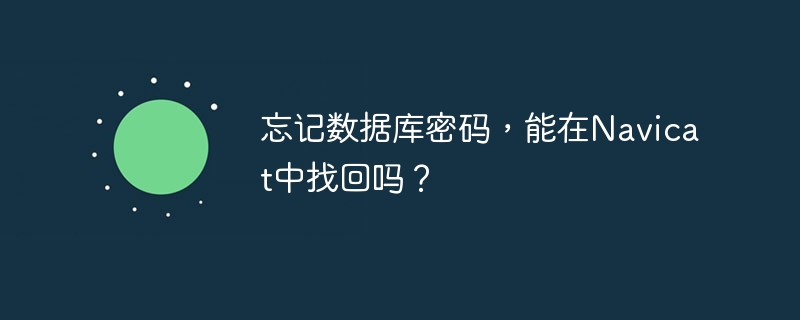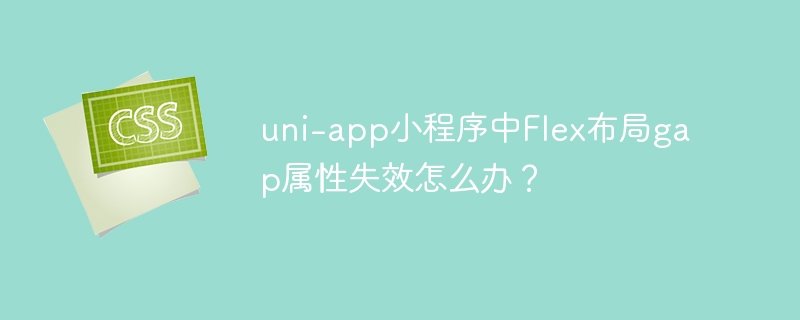
本教程详细阐述了如何在不同html页面之间传递数据,特别聚焦于使用URL查询参数的方法。我们将通过一个点餐系统示例,演示如何从一个菜单页面获取商品名称和价格,并通过点击按钮将其安全地传递到支付页面,并在支付页面自动填充相应的表单输入框。文章涵盖了数据编码、URL构建以及在目标页面解析和使用这些数据,并提供了详细的代码示例和注意事项。
在web开发中,经常会遇到需要在不同页面之间传递数据的场景。例如,在一个电商网站中,用户从商品列表页选择某个商品后,需要将该商品的id、名称、价格等信息传递到订单确认页或支付页。本文将以一个点餐系统为例,详细讲解如何利用url查询参数(query parameters)在两个html页面之间传递数据。
方法概述:URL 查询参数
URL查询参数是一种简单有效的数据传递机制。它通过在URL末尾附加?符号,然后跟随一系列key=value对来传递数据,多个键值对之间用&符号连接。例如:payment.html?productName=double%20Burger&productPrice=85.90%E2%82%B9。当浏览器加载这个URL时,目标页面可以通过JavaScript解析这些参数,从而获取所需的数据。
第一步:在源页面(菜单页)准备并发送数据
在点餐系统的菜单页中,每个菜品都有一个“点餐”按钮,点击后需要将菜品的名称和价格传递到支付页面。
菜单页(menu.html)HTML结构
<!DOCTYPE html> <html lang="zh"> <head> <meta charset="UTF-8"> <meta name="viewport" content="width=device-width, initial-scale=1.0"> <title>菜单页面</title> </head> <body> <h1>美味菜单</h1> <div class="u-container-layout u-valign-middle u-container-layout-2"> <h4 class="u-text u-text-3">双层汉堡</h4> <h6 class="u-text u-text-palette-2-light-1 u-text-4">85.90₺</h6> <a href="payment.html" class="order"> 点餐 </a> </div> <div class="u-container-layout u-valign-middle u-container-layout-2"> <h4 class="u-text u-text-3">香辣鸡翅</h4> <h6 class="u-text u-text-palette-2-light-1 u-text-4">35.00₺</h6> <a href="payment.html" class="order"> 点餐 </a> </div> <!-- 更多菜品... --> <script> document.addEventListener('DOMContentLoaded', () => { // 获取所有带有 'order' 类的链接 const orderLinks = document.querySelectorAll('.order'); orderLinks.forEach(link => { link.addEventListener('click', (event) => { // 阻止默认的链接跳转行为,以便我们能自定义URL event.preventDefault(); // 获取当前点击链接的父级容器 const parentDiv = link.closest('.u-container-layout-2'); // 从父级容器中获取菜品名称和价格 const foodName = parentDiv.querySelector('h4').textContent.trim(); const foodPrice = parentDiv.querySelector('h6').textContent.trim(); // 对数据进行URL编码,以确保特殊字符(如空格、货币符号)能正确传递 const encodedFoodName = encodeURIComponent(foodName); const encodedFoodPrice = encodeURIComponent(foodPrice); // 构建带有查询参数的目标URL const targetUrl = `payment.html?productName=${encodedFoodName}&productPrice=${encodedFoodPrice}`; // 跳转到新的URL window.location.href = targetUrl; }); }); }); </script> </body> </html>
代码解析:
- document.querySelectorAll(‘.order’): 选中所有“点餐”按钮。
- link.addEventListener(‘click’, (event) => { … }): 为每个按钮添加点击事件监听器。
- event.preventDefault(): 阻止标签的默认跳转行为,这样我们才能在JavaScript中构造新的URL并进行跳转。
- link.closest(‘.u-container-layout-2′): 找到当前点击链接最近的祖先元素,该元素包含菜品名称和价格。
- querySelector(‘h4’).textContent.trim(): 获取菜品名称(h4标签的文本内容),并去除首尾空格。
- encodeURIComponent(): 这是非常关键的一步。它用于对URL参数值进行编码,将空格、特殊符号等转换为URL安全的格式,防止数据丢失或URL解析错误。
第二步:在目标页面(支付页)接收并使用数据
支付页面加载时,需要从URL中解析出传递过来的菜品名称和价格,并自动填充到相应的输入框中。
立即学习“前端免费学习笔记(深入)”;
支付页(payment.html)HTML结构
<!DOCTYPE html> <html lang="zh"> <head> <meta charset="UTF-8"> <meta name="viewport" content="width=device-width, initial-scale=1.0"> <title>支付页面</title> </head> <body> <h1>订单详情</h1> <div class="form-body"> <label for="orderedFood"> 所点餐品: </label> <input type="text" id="orderedFood" name="orderedFood" class="ordered-food" disabled /> <br> <label for="orderedFoodsPrice"> 价格: </label> <input type="text" id="orderedFoodsPrice" name="orderedFoodsPrice" class="ordered-foods-price" disabled /> <br> <!-- 其他支付信息输入框 --> <label for="cardNumber"> 信用卡号: </label> <input type="text" id="cardNumber" name="cardNumber" /> <br> <label for="tableNumber"> 桌号: </label> <input type="text" id="tableNumber" name="tableNumber" /> <br> <label for="phoneNumber"> 电话号码: </label> <input type="text" id="phoneNumber" name="phoneNumber" /> <br> <button type="submit">确认支付</button> </div> <script> document.addEventListener('DOMContentLoaded', () => { // 获取当前页面的URL查询字符串(例如:?productName=Double%20Burger&productPrice=85.90%E2%82%B9) const queryString = window.location.search; // 使用 URLSearchParams API 解析查询字符串 const urlParams = new URLSearchParams(queryString); // 通过键名获取对应的值 const productName = urlParams.get('productName'); const productPrice = urlParams.get('productPrice'); // 获取需要填充的输入框元素 const orderedFoodInput = document.querySelector('.ordered-food'); const orderedFoodPriceInput = document.querySelector('.ordered-foods-price'); // 检查获取到的值是否存在,并填充到输入框中 if (orderedFoodInput && productName) { orderedFoodInput.value = productName; } if (orderedFoodPriceInput && productPrice) { orderedFoodPriceInput.value = productPrice; } }); </script> </body> </html>
代码解析:
- window.location.search: 这个属性返回URL中问号(?)后面的查询字符串部分。
- new URLSearchParams(queryString): URLSearchParams是一个非常实用的Web API,它提供了一系列方法来方便地操作URL查询参数。我们将获取到的查询字符串传递给它的构造函数。
- urlParams.get(‘productName’): 使用get()方法,传入参数的键名(例如productName),即可获取对应的值。
- document.querySelector(‘.ordered-food’): 选择需要填充的输入框元素。
- input.value = value: 将获取到的值赋给输入框的value属性,从而实现自动填充。
- disabled属性:输入框设置为disabled表示用户不能手动修改这些值,但它们仍然可以通过JavaScript进行设置,并且可以随表单一起提交(如果需要)。
重要考量与最佳实践
- URL编码(encodeURIComponent/decodeURIComponent): 在发送数据时,务必使用encodeURIComponent()对参数值进行编码;在接收数据时,URLSearchParams会自动处理解码,所以通常不需要手动使用decodeURIComponent()。
- 数据安全性: URL查询参数是公开可见的,不适合传递敏感信息(如密码、信用卡号等)。对于这类数据,应考虑使用POST请求、Session、LocalStorage、Cookies或服务器端存储。
- URL长度限制: 不同的浏览器和服务器对URL的长度有不同的限制(通常在2KB到8KB之间)。如果需要传递大量数据,查询参数可能不是最佳选择。
- 数据类型: 通过URL传递的所有数据都是字符串。如果需要传递数字、布尔值或更复杂的数据结构,在接收端需要进行相应的类型转换(例如,parseInt()、parseFloat()、json.parse())。
- 错误处理/默认值: 在接收端,最好对urlParams.get()的结果进行检查,以防某个参数不存在。可以提供默认值或显示错误信息。
- 替代方案:
- LocalStorage/sessionstorage: 可以在浏览器本地存储大量数据,并在不同页面之间共享。localStorage数据永久保存,sessionStorage数据在会话结束时清除。
- Cookies: 可以在客户端存储少量数据,并随每次http请求发送到服务器。
- POST请求: 如果数据量大或包含敏感信息,可以使用表单提交或ajax POST请求将数据发送到服务器,然后服务器再重定向到目标页面或返回数据。
- 服务器端Session: 将数据存储在服务器端,并通过Session ID在客户端和服务端之间进行关联。
总结
通过URL查询参数在HTML页面之间传递数据是一种简单、直接且广泛使用的方法。它特别适用于传递少量、非敏感的数据,如商品ID、筛选条件或页面状态。结合JavaScript的URLSearchParams API,开发者可以高效地实现跨页面的数据流动,从而提升用户体验和应用功能。在实际应用中,根据数据特性和安全性要求,合理选择数据传递方式至关重要。

















